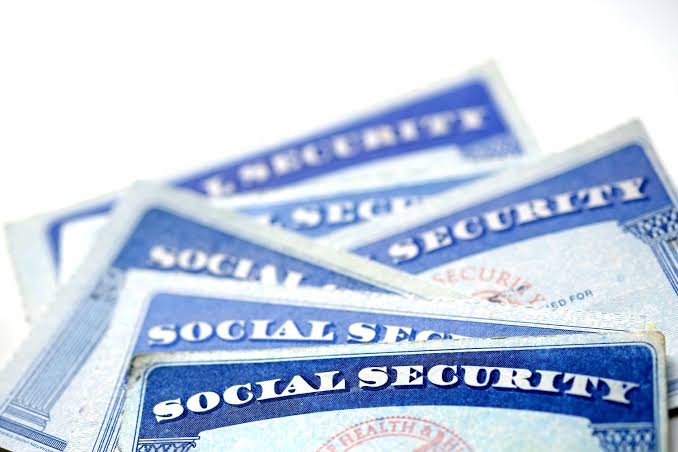If you thought the stimulus checks were long gone, think again. The IRS just revealed it’s sending surprise $1,400 payments to nearly 1 million Americans who were supposed to get them back in 2021—but never did. No, this isn’t a new round of relief, but if you missed out on the third stimulus payment, this might be your last shot to claim it. And yes, time is running out.
IRS Confirms: Some Americans Still Eligible for Pandemic-Era Payments
In a move that’s flying under the radar, the IRS has started automatically issuing payments of up to $1,400 per person to individuals who either didn’t claim or were mistakenly marked ineligible for the third round of stimulus checks under the American Rescue Plan in 2021.
This process began after the IRS ran a deep audit and found that more than 900,000 people either left the credit off their tax returns, filed incorrectly, or simply didn’t file at all—despite being eligible. These payments are now being processed and sent automatically, meaning you could get a check or deposit without lifting a finger, if you’re on that list.
What’s the Catch? It’s Not New Money—It’s Money You Were Already Owed
Let’s be clear: this isn’t a brand-new stimulus check like the ones seen during the COVID pandemic. These payments are reissued refunds tied to the 2021 Recovery Rebate Credit—basically, the IRS is correcting old tax return errors and sending out what was missed.
For most people, the amount is up to $1,400 per eligible adult, and $1,400 for each dependent. So if you missed out on a payment for you and a child in 2021, you could be looking at a $2,800 refund landing in your account now.
If you filed taxes in 2021 and made a mistake or left the credit blank, the IRS is handling it for you. However, if you didn’t file at all, you need to act fast. You still have time—but not much.
Non-Filers: You Have Until April 15, 2025 to Claim What’s Yours
If you were eligible in 2021 but didn’t file taxes that year, you can still claim the credit by submitting a late 2021 return. But here’s the catch—the deadline is April 15, 2025. After that, the refund disappears forever, even if you were entitled to it.
This applies to:
-
People with low or no income who didn’t think they needed to file.
-
Individuals who missed the IRS outreach or thought the checks would come automatically.
-
Anyone who had a major life change in 2021 (like a new child or lost job) and didn’t report it.
You can file that 2021 return online or by paper, and the IRS says they will still process it—just make sure it’s in before the cutoff.

How Will You Know If You’re Getting a Payment?
If the IRS is sending you money, you’ll either:
-
See a direct deposit in your bank account (if they have your info),
-
Or get a paper check in the mail,
-
Along with a notice letter from the IRS explaining the refund.
You can also check your IRS Online Account for updates on past payments, credits, and any pending deposits.
No application is required if you already filed. But if you never submitted a return, this is your final warning—file before next tax season ends.
IRS Warns: Don’t Fall for Scams
As expected, scammers are already trying to capitalize on this late-payment rollout. The IRS has repeatedly warned that it does not email or call people to confirm bank info or offer to “unlock” your stimulus check.
You don’t have to pay anything to claim this refund.
You don’t need to register online or sign up through any third-party.
Always use IRS.gov or authorized tax prep services to file.
Why This Matters
This late-stage stimulus cleanup could make a huge difference for low-income families or seniors who missed earlier rounds. And with inflation still pressuring household budgets, an extra $1,400 could mean groceries, rent, or paying off debt.
But this is the last window to act. The government won’t reissue these payments again. April 15, 2025 is the deadline—and it’s approaching faster than you think.



